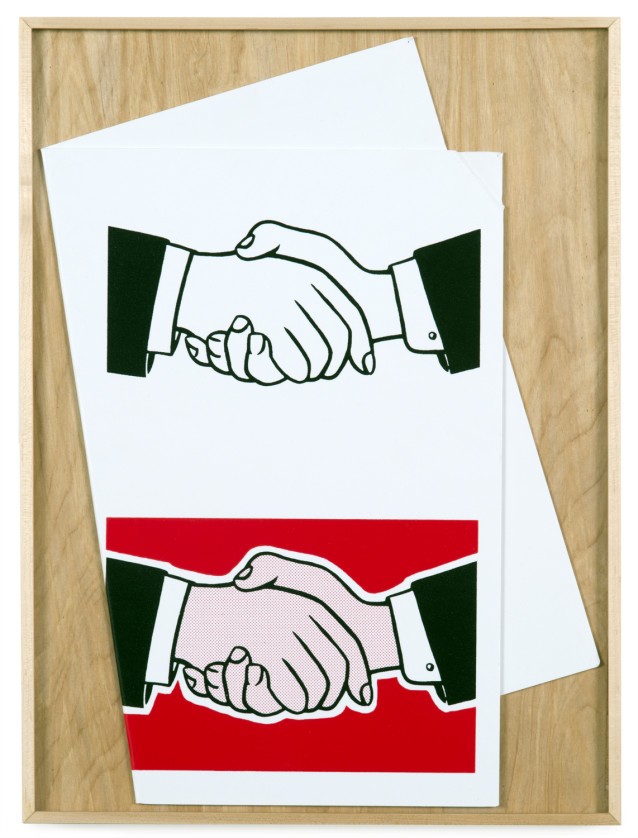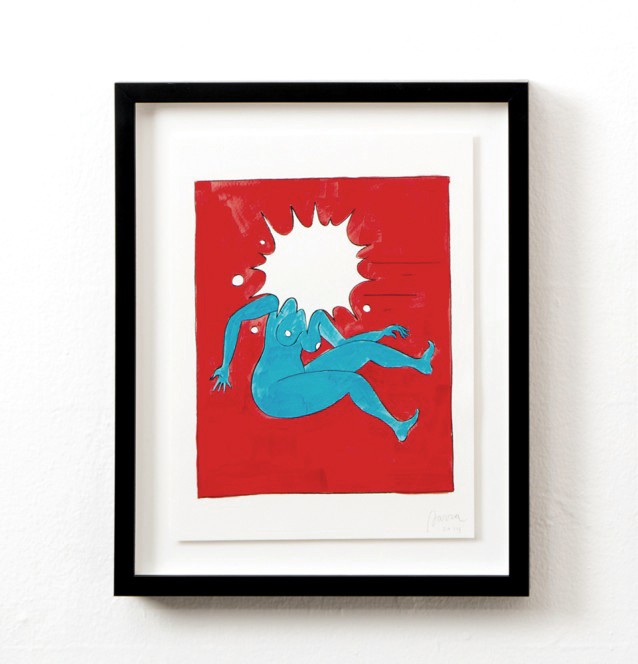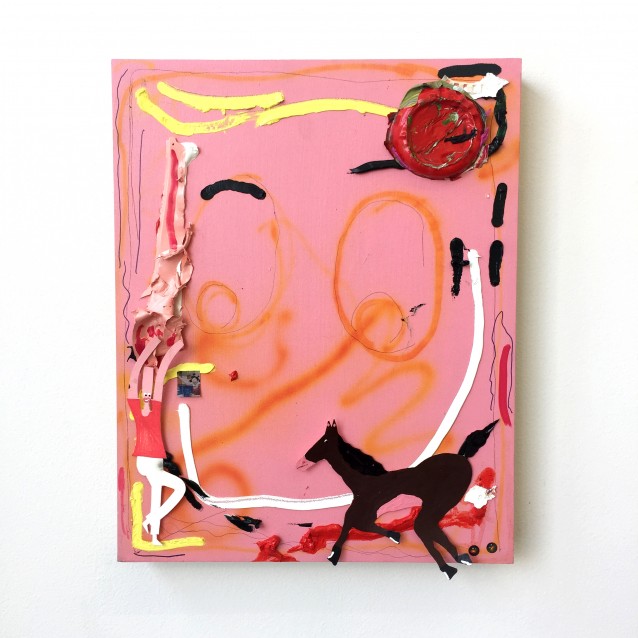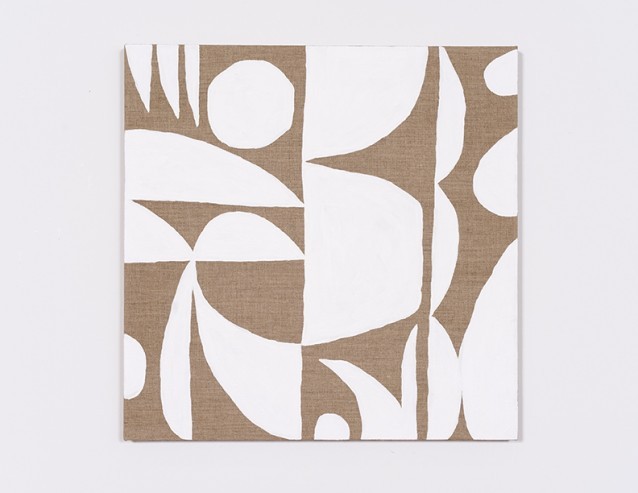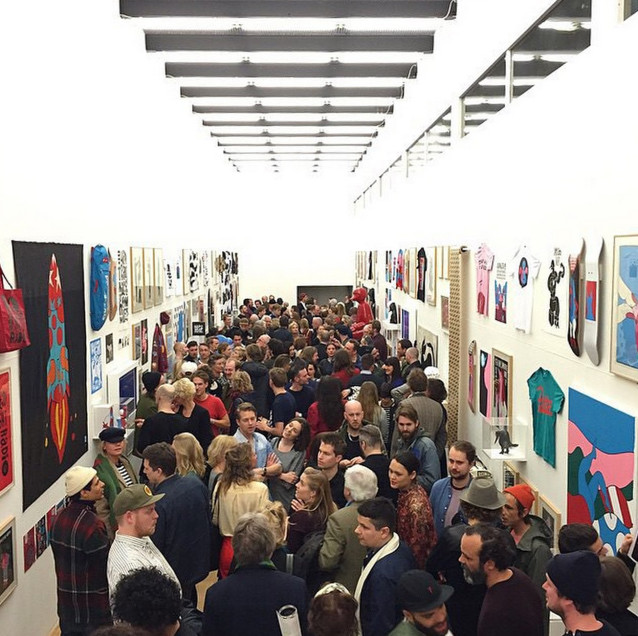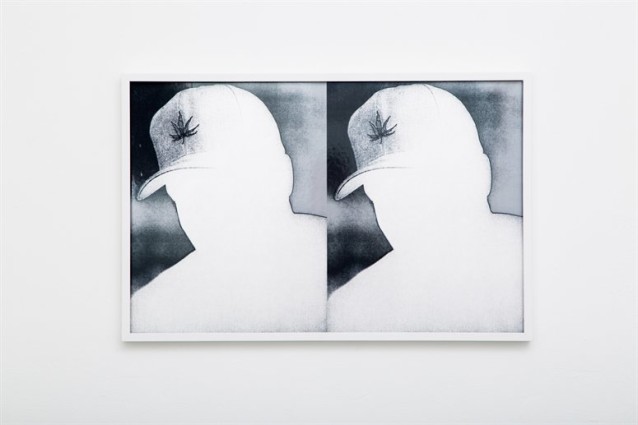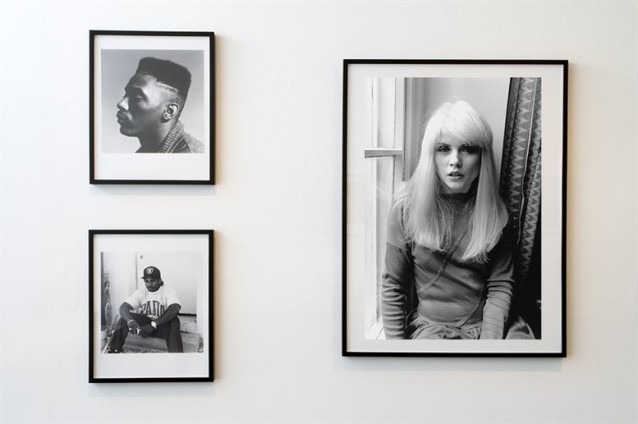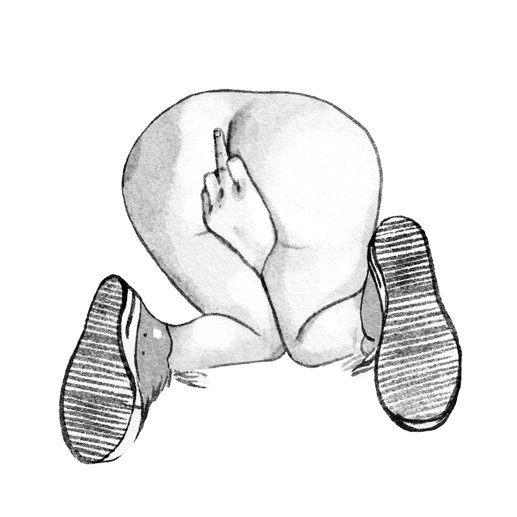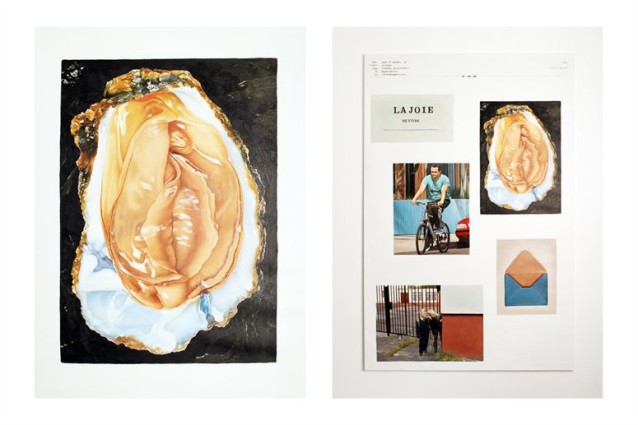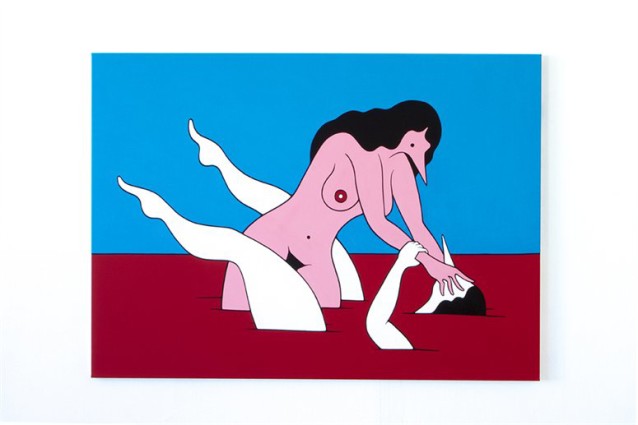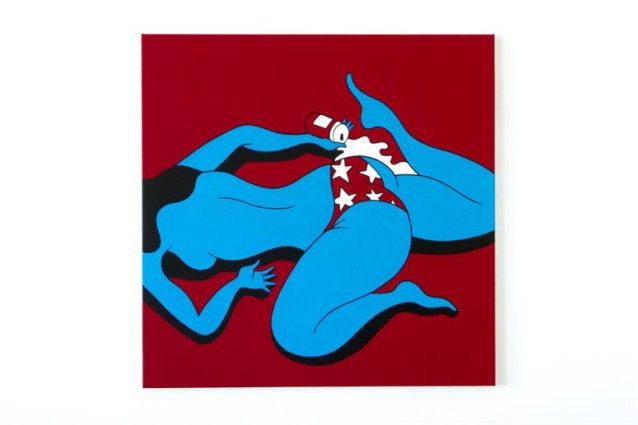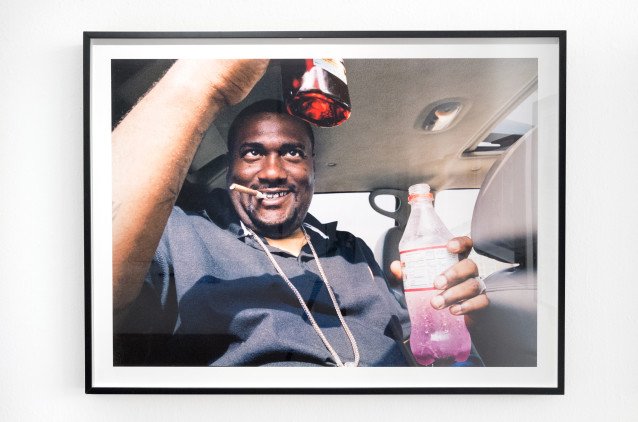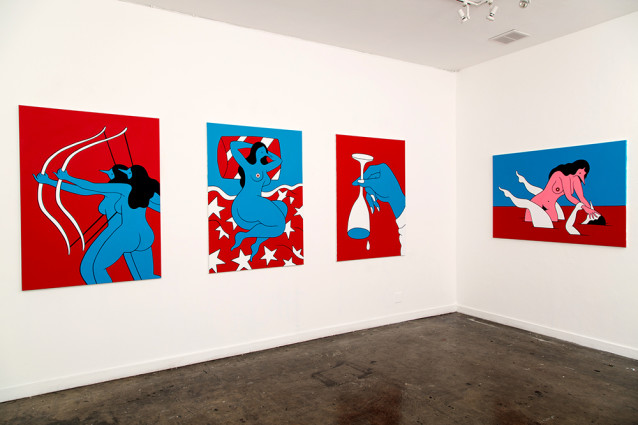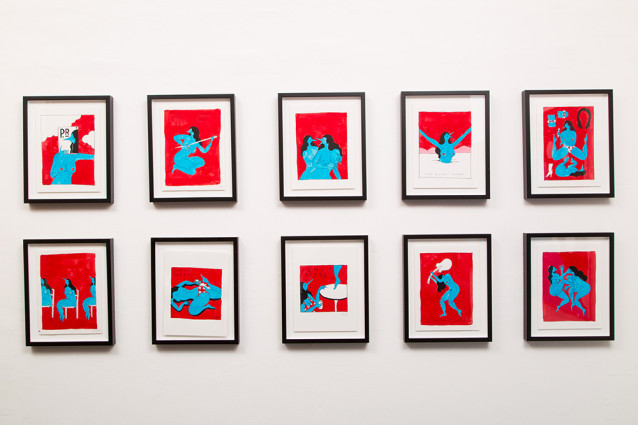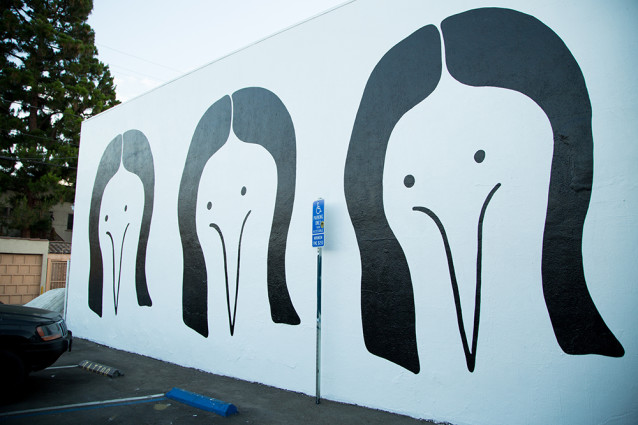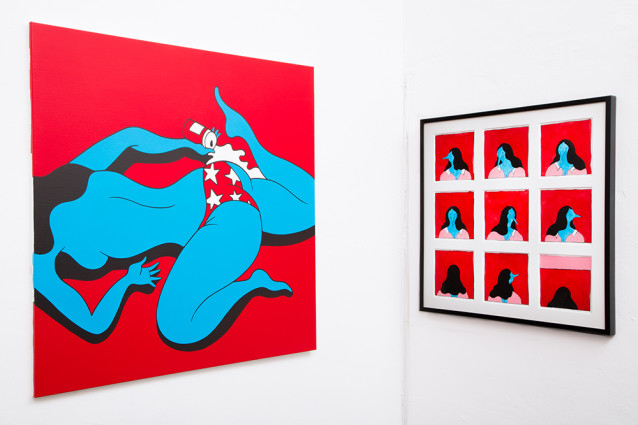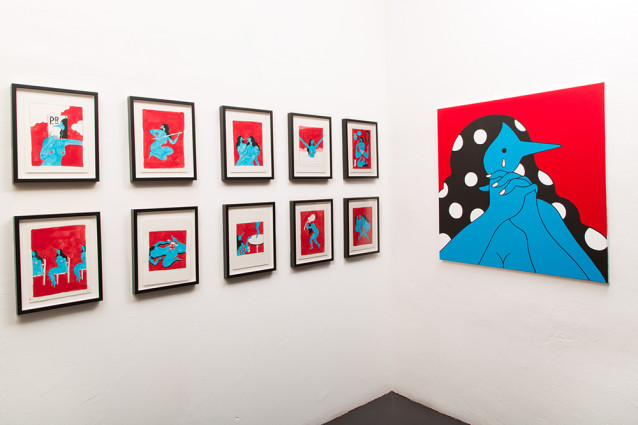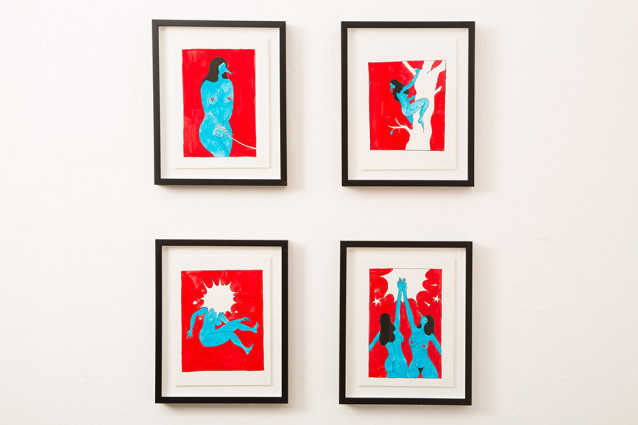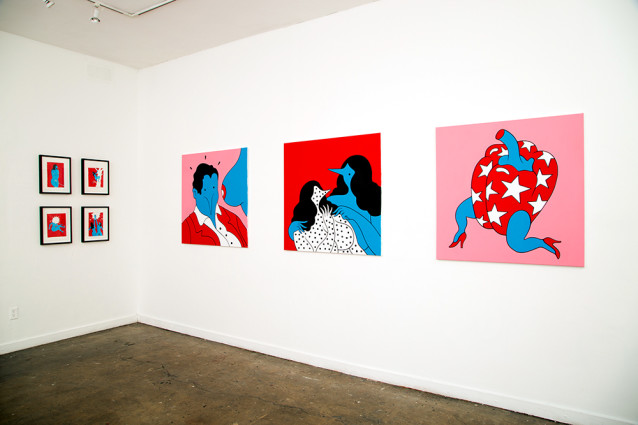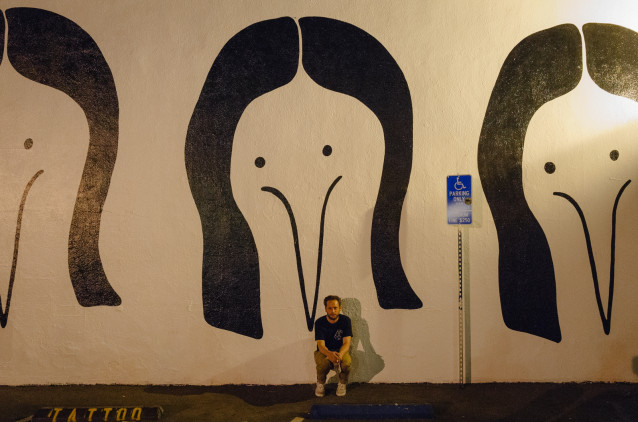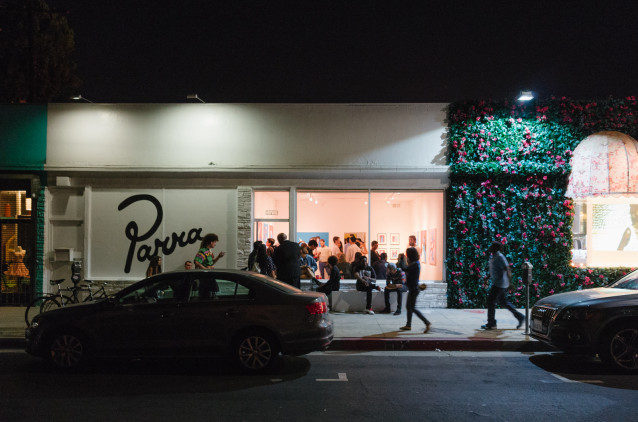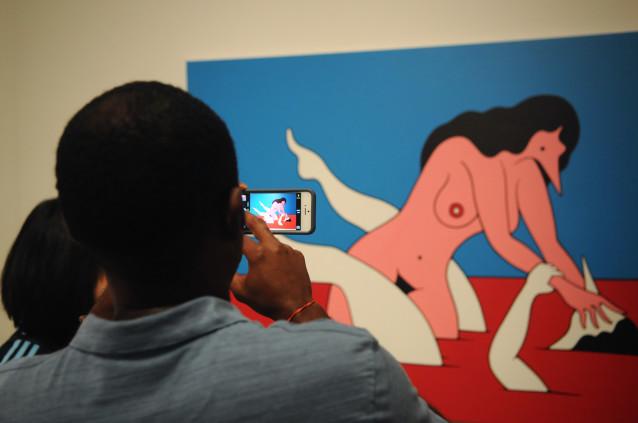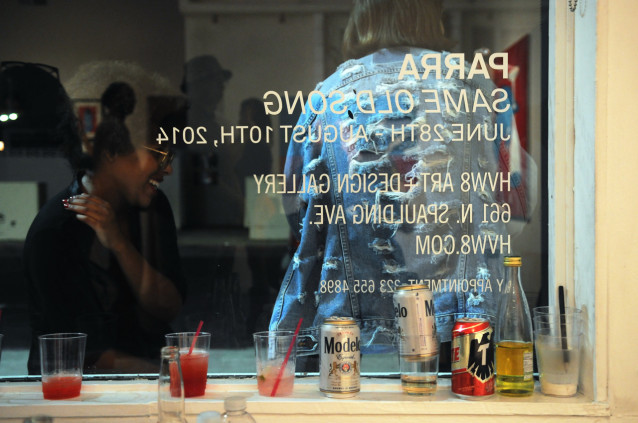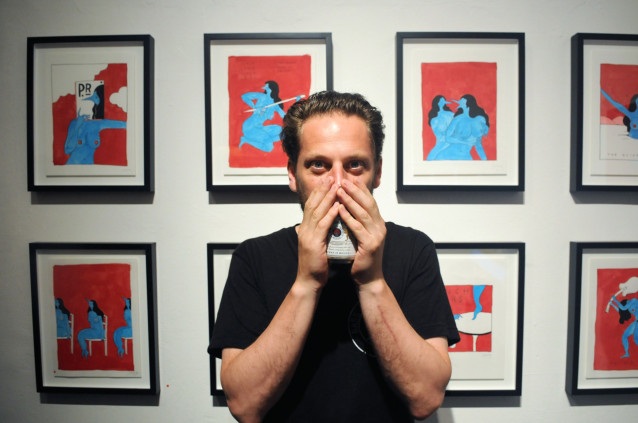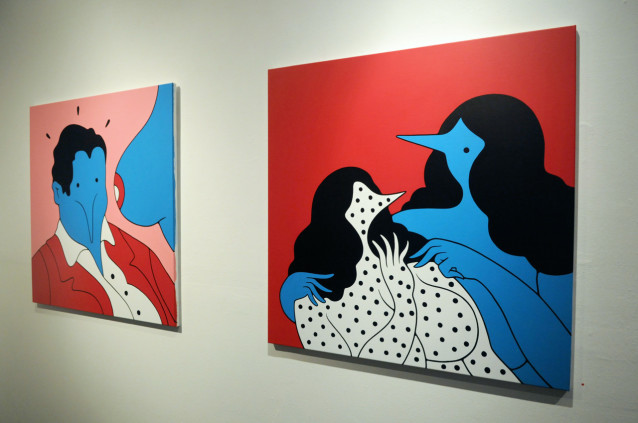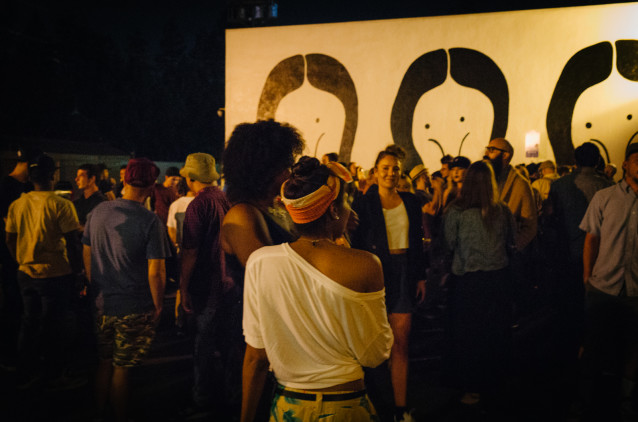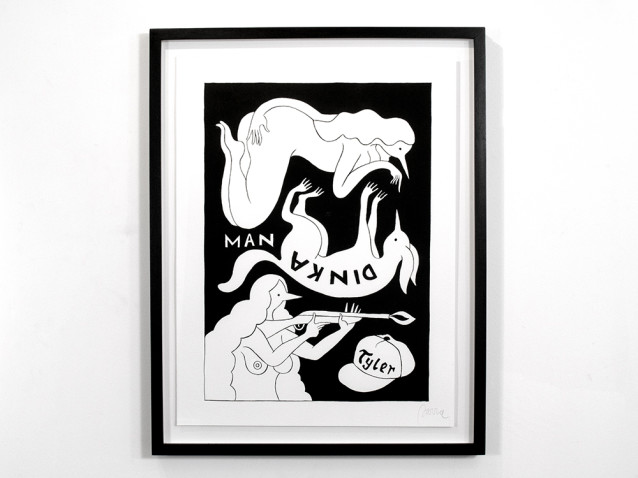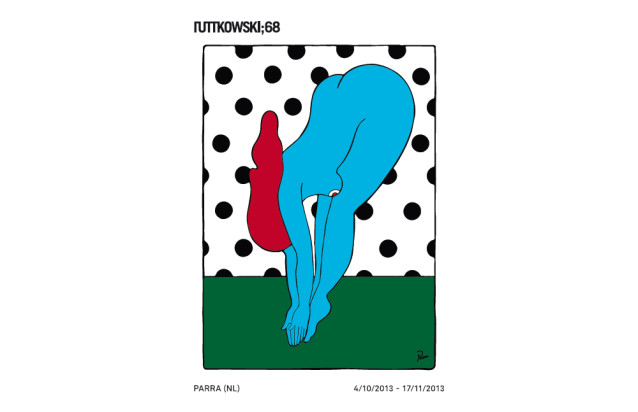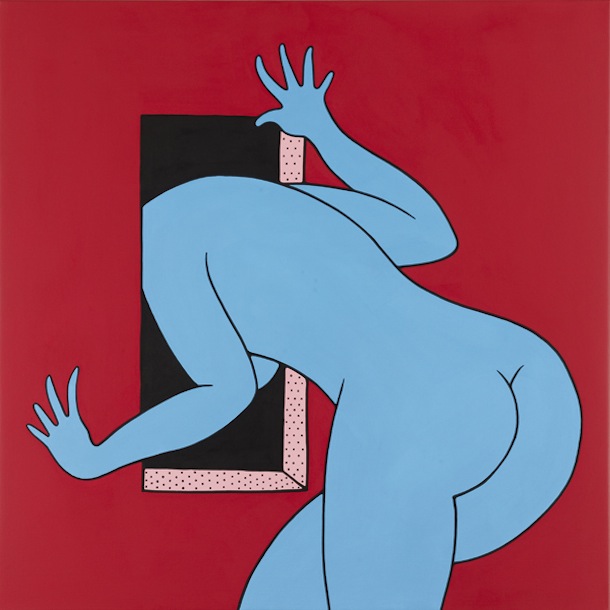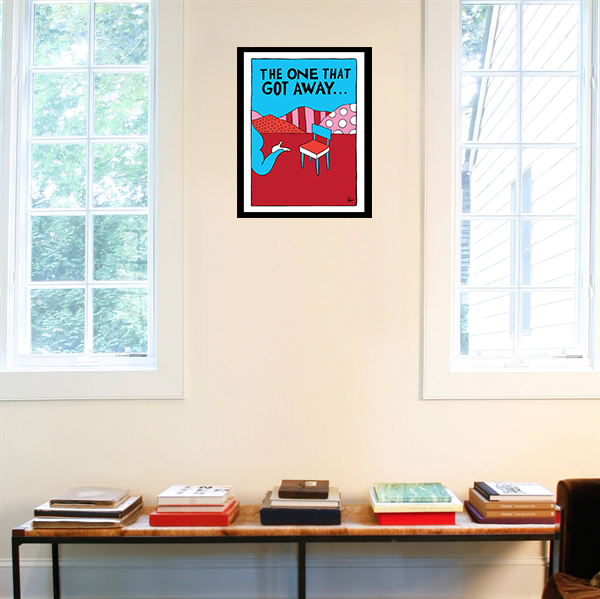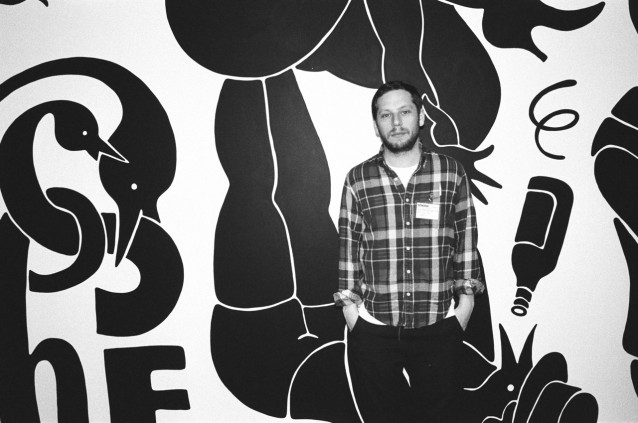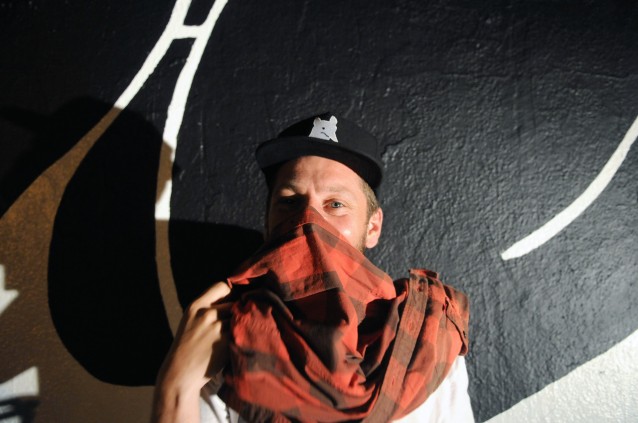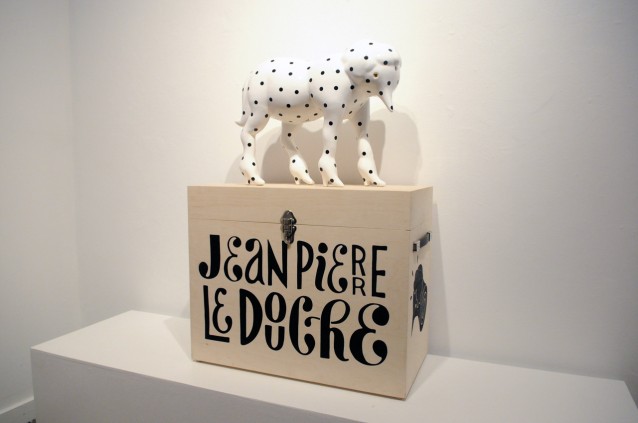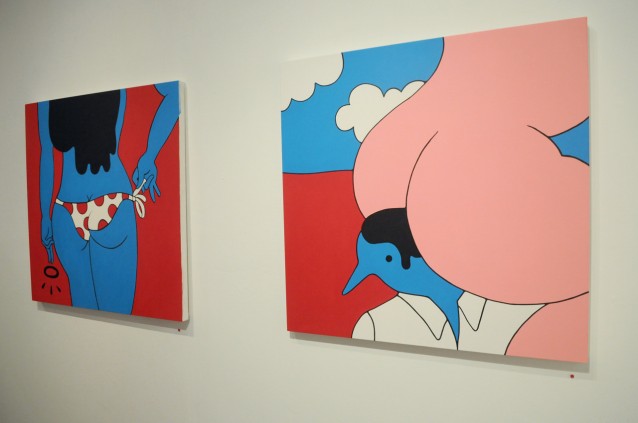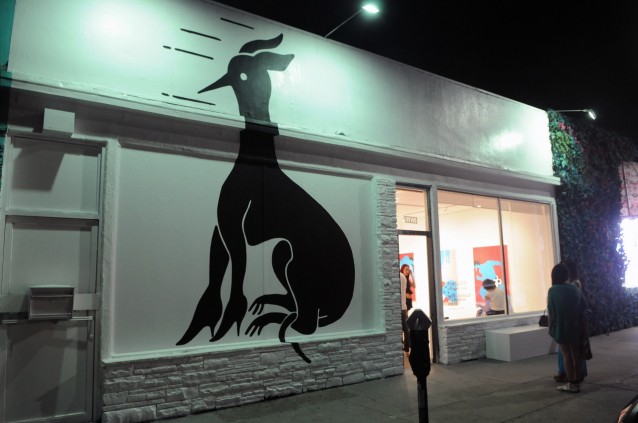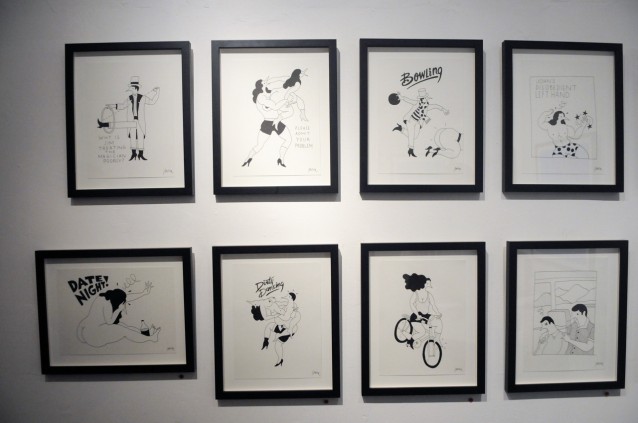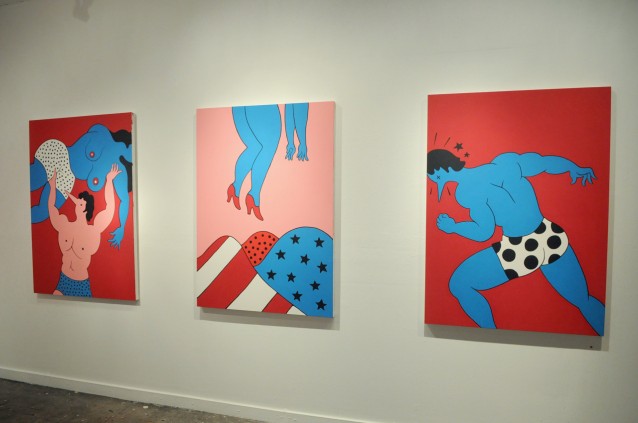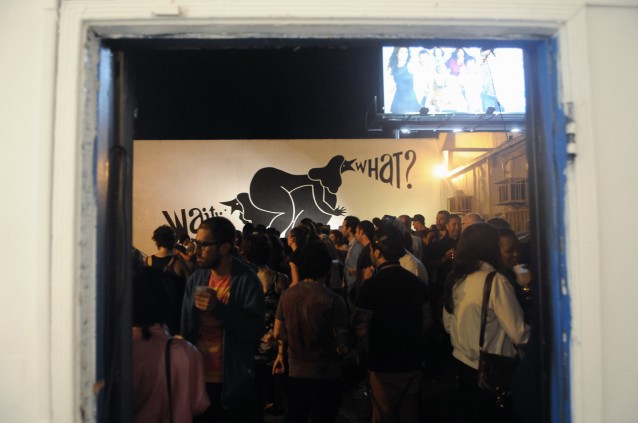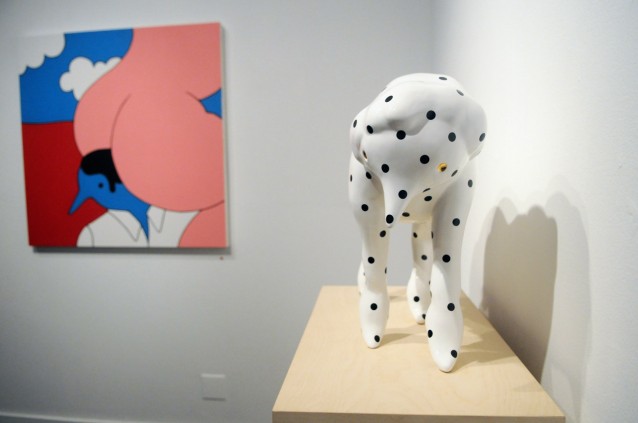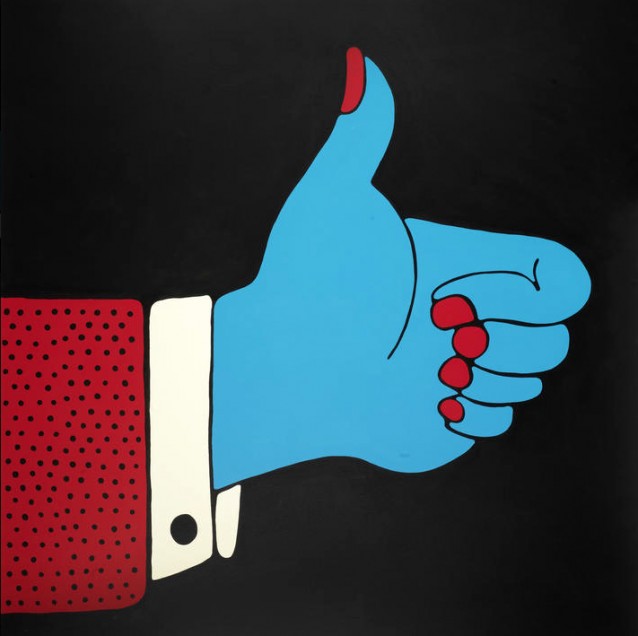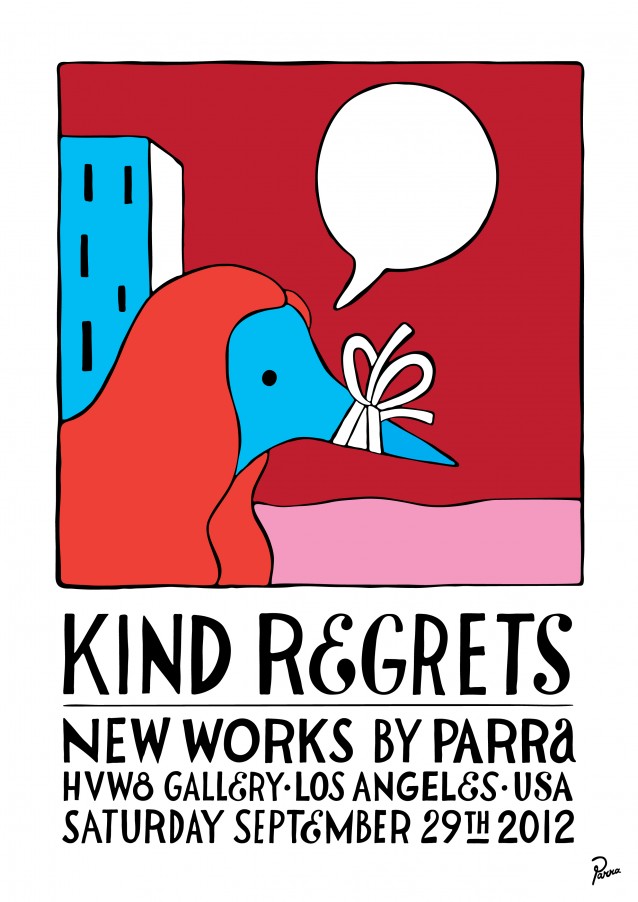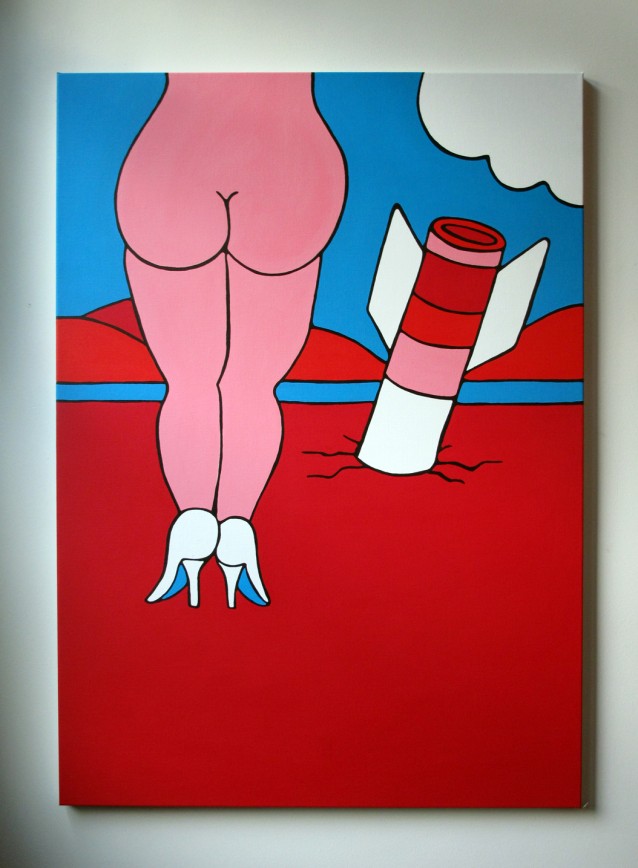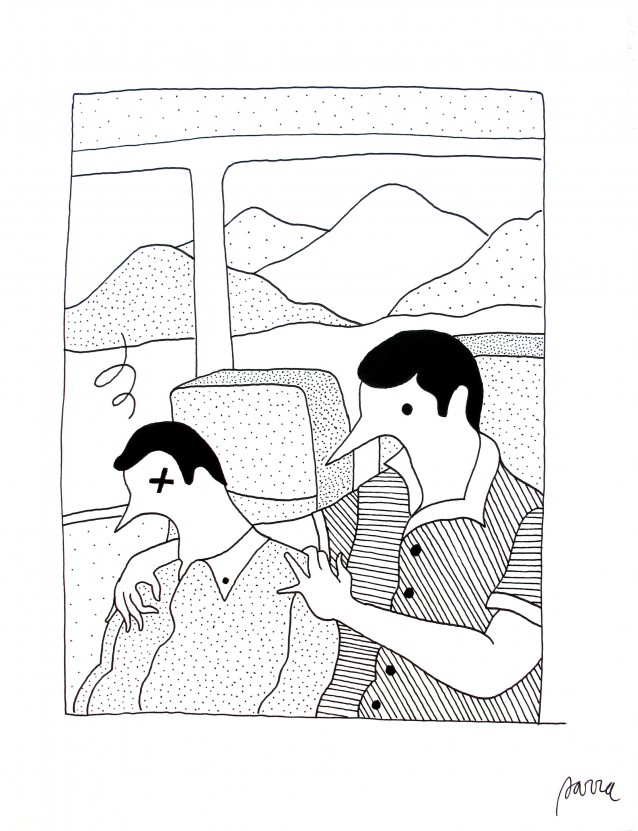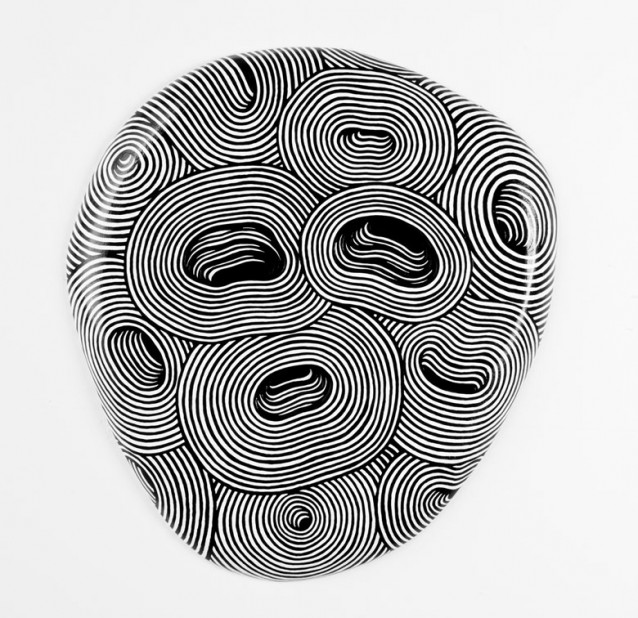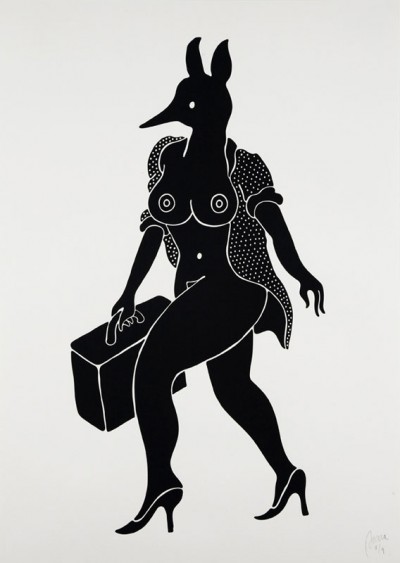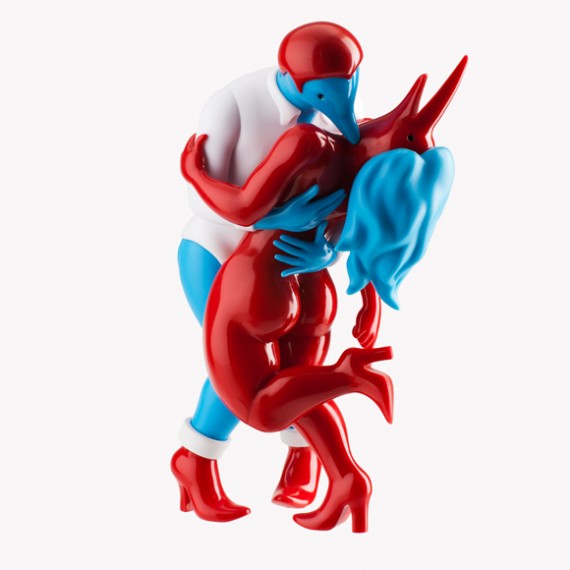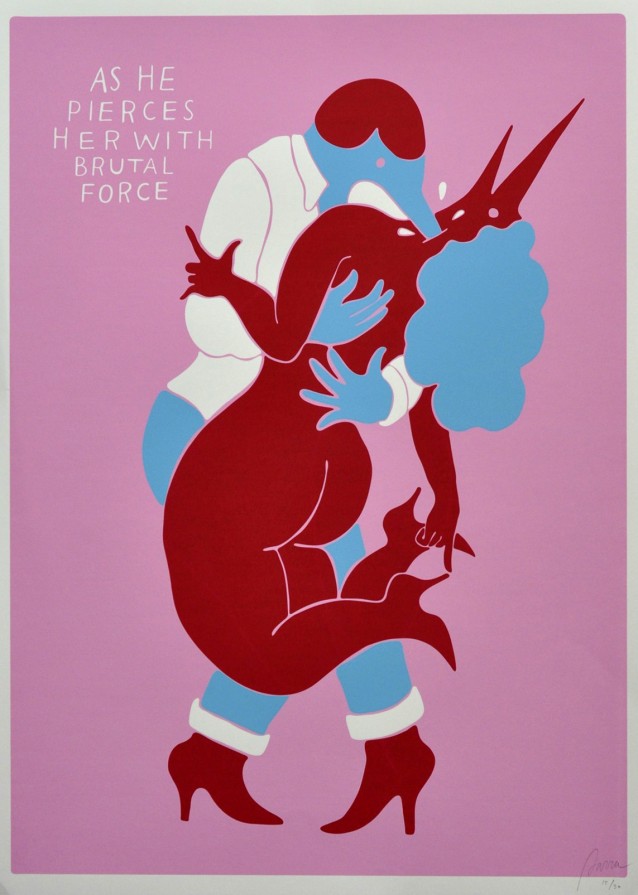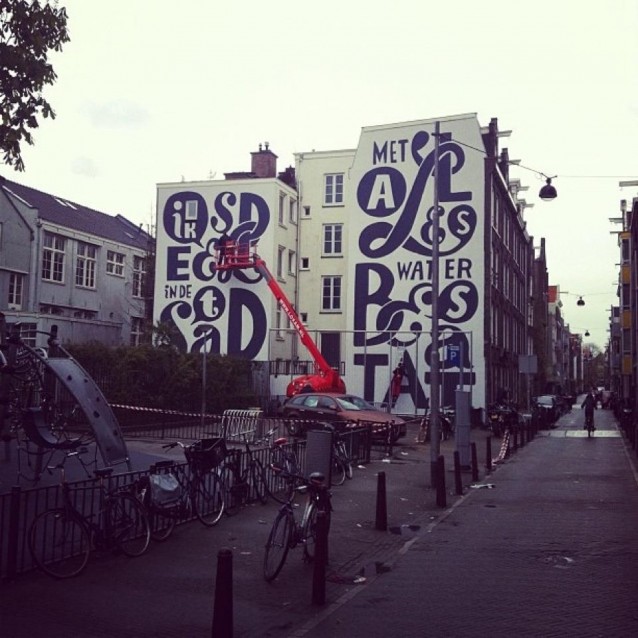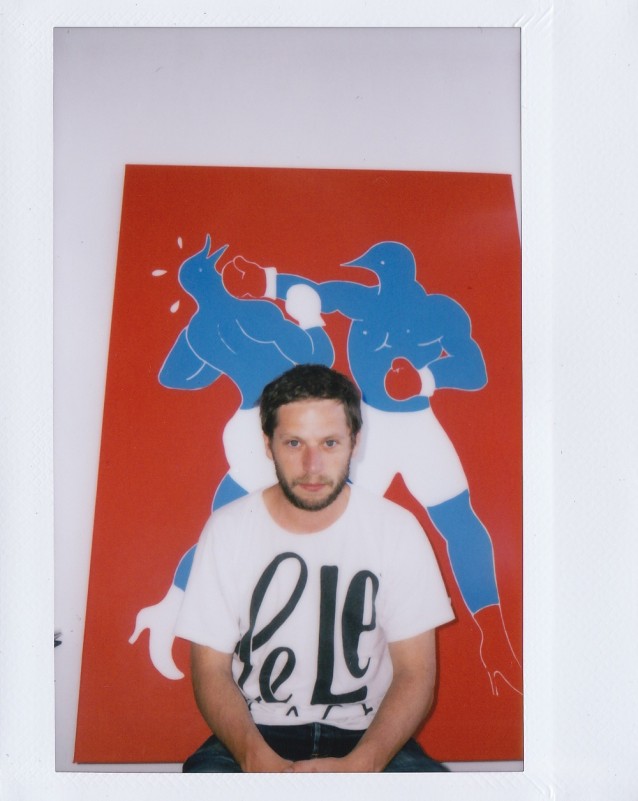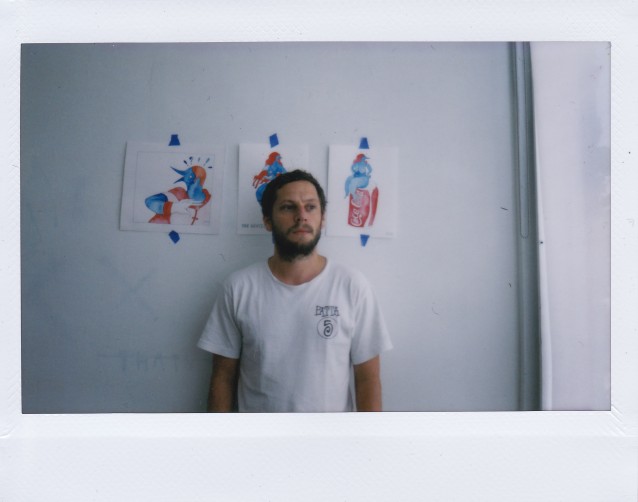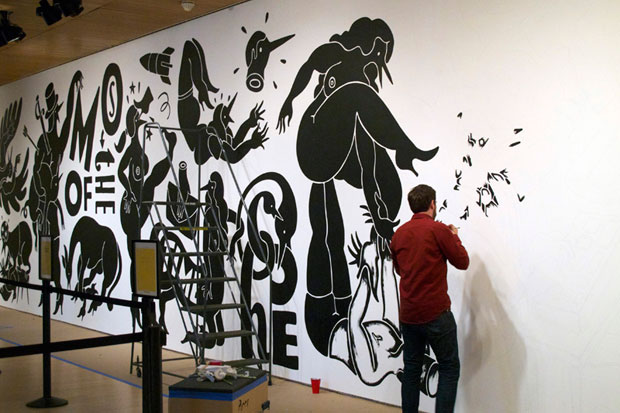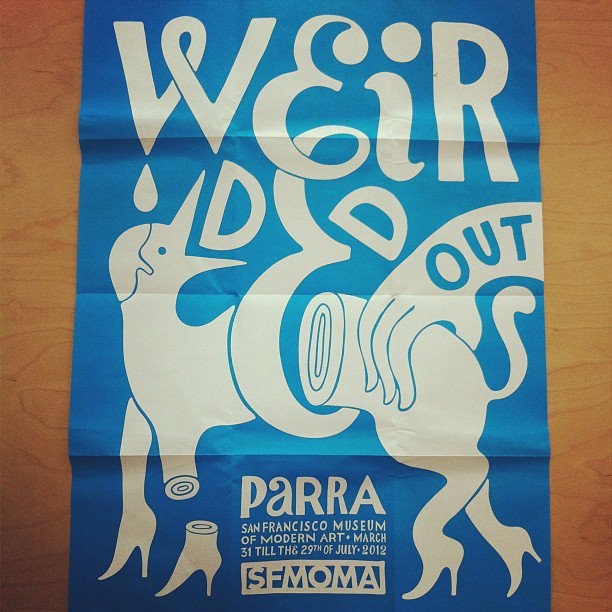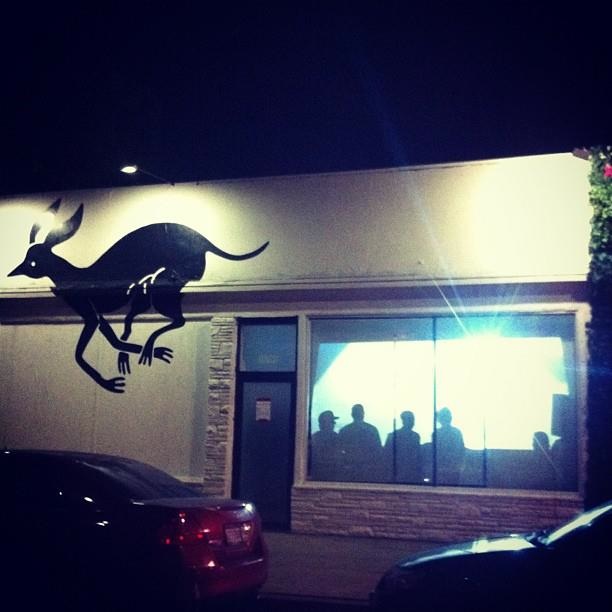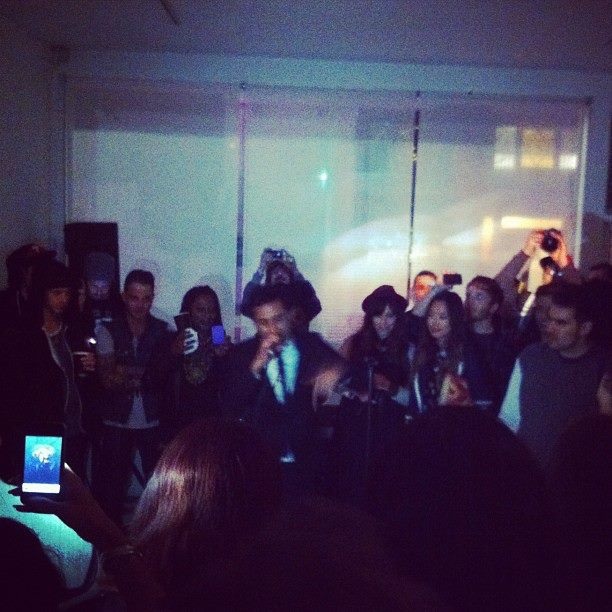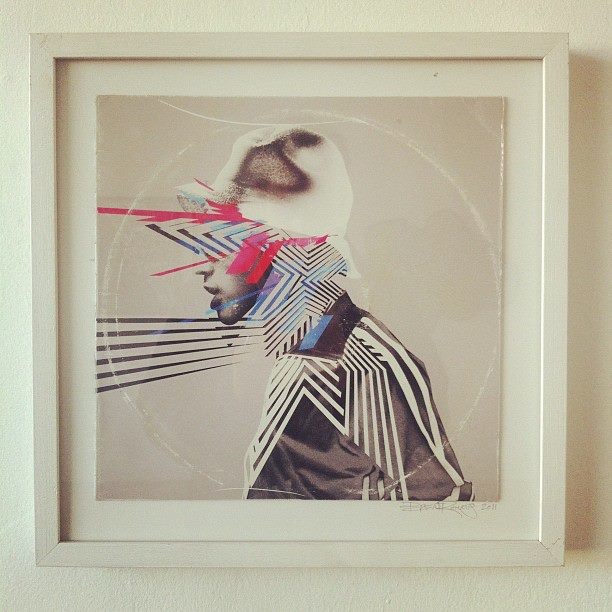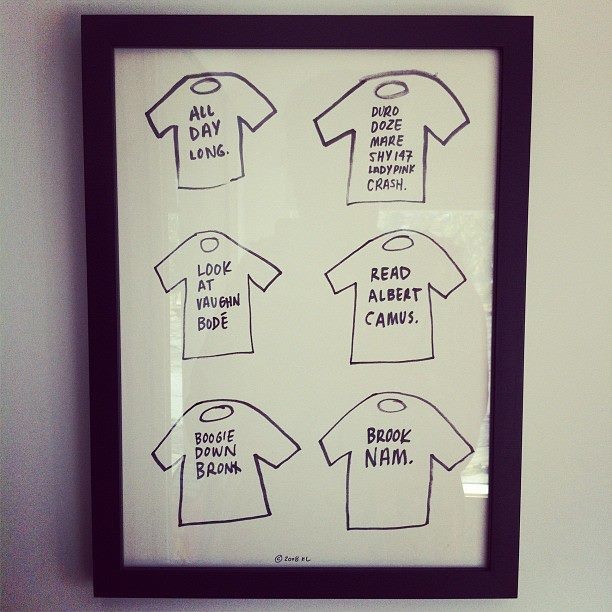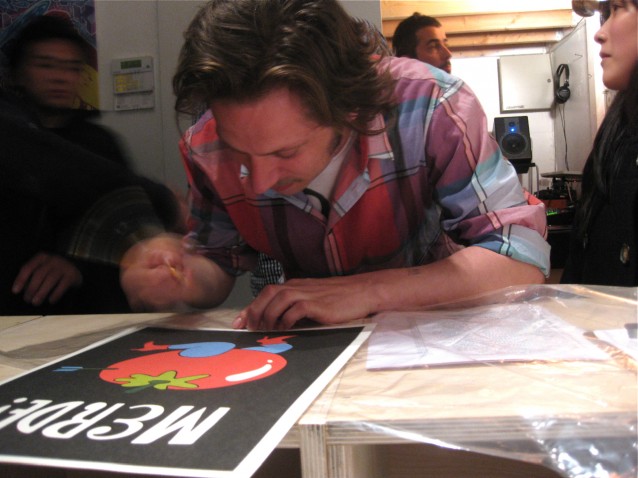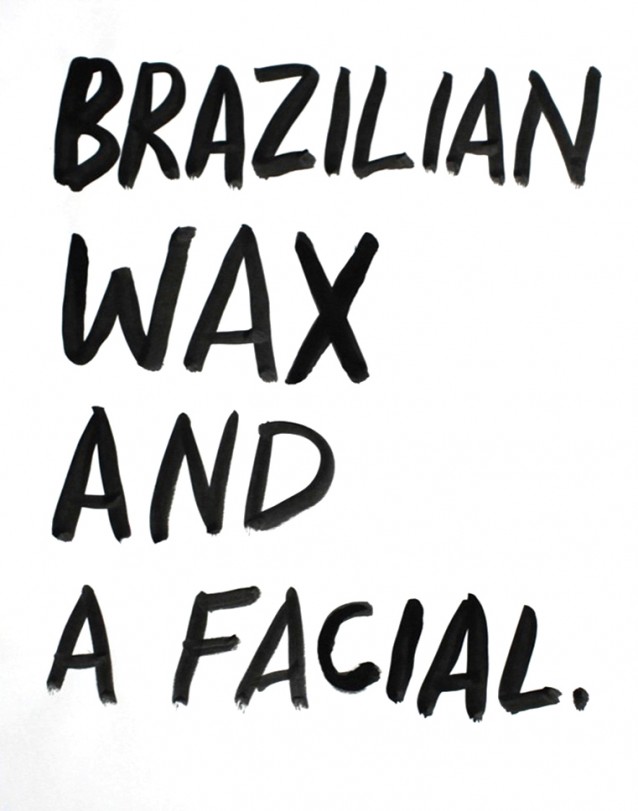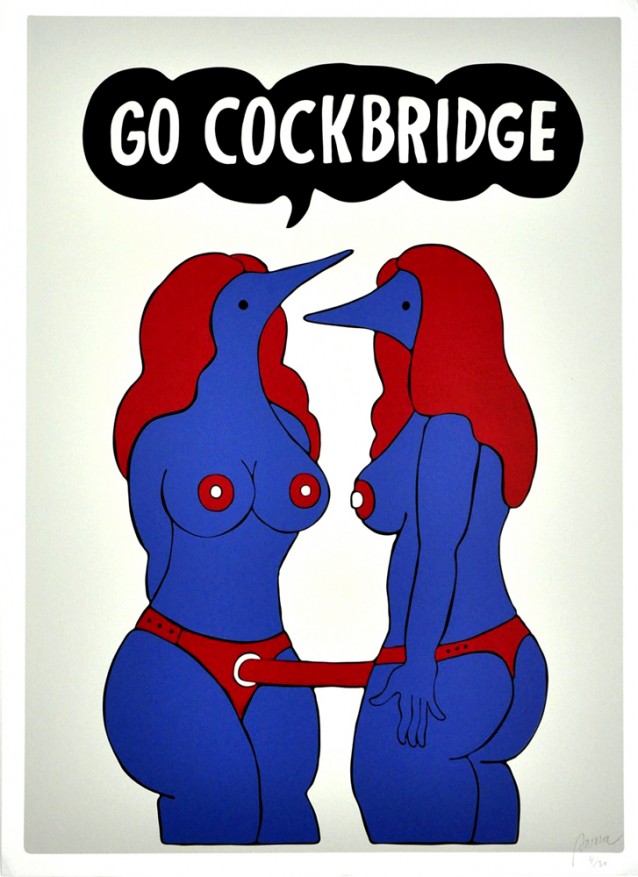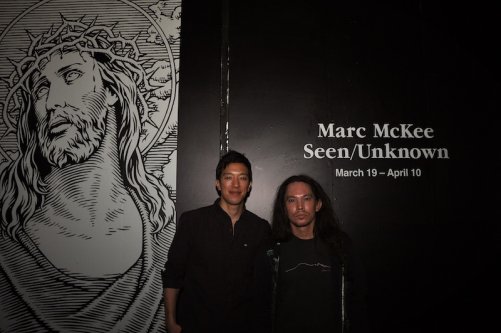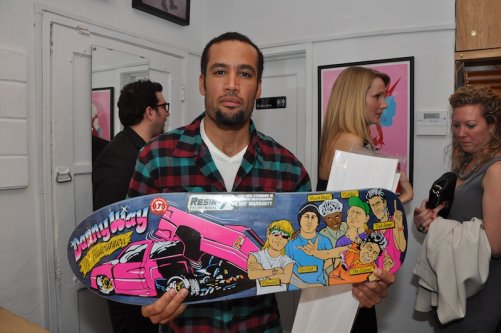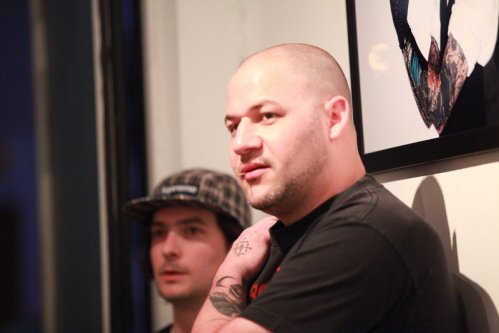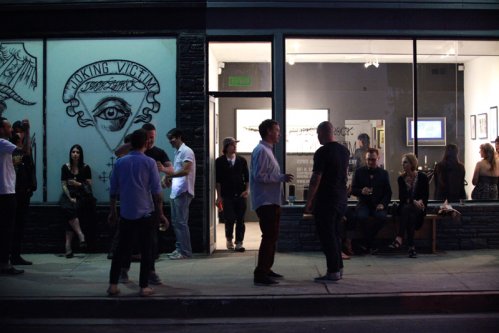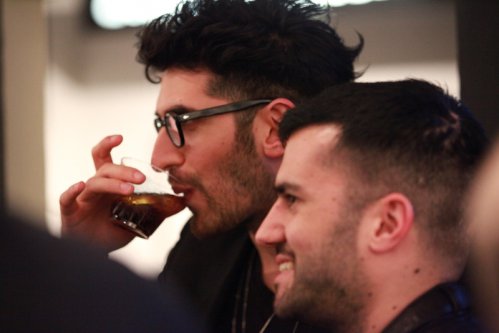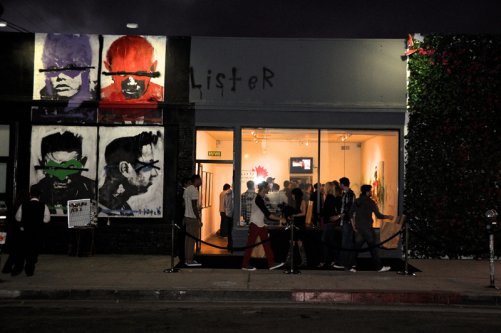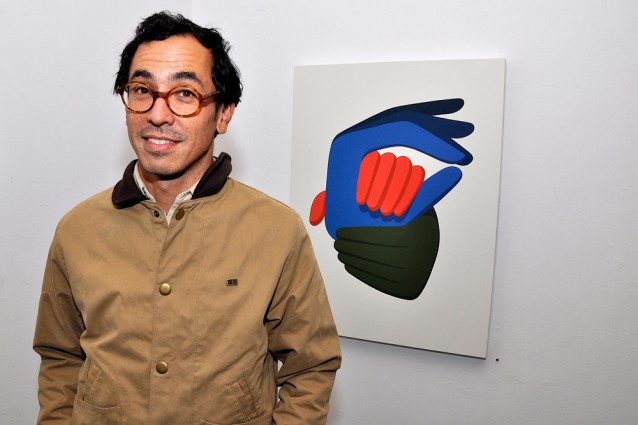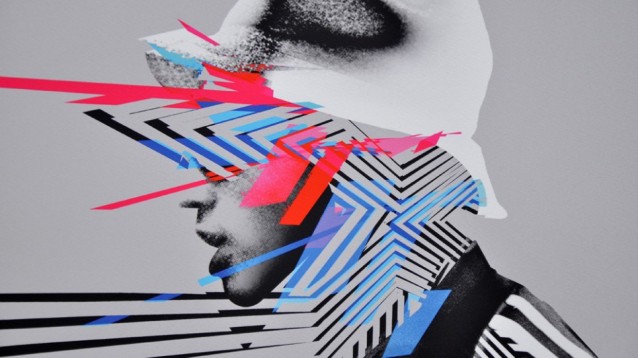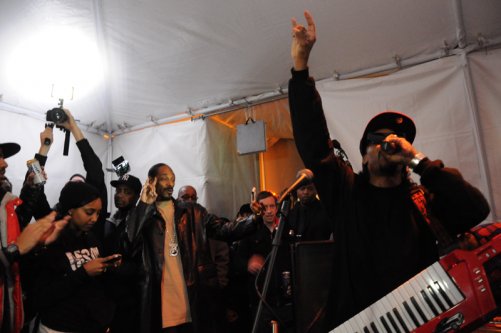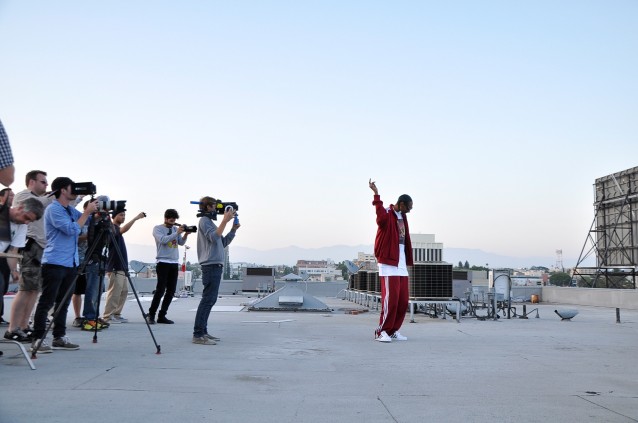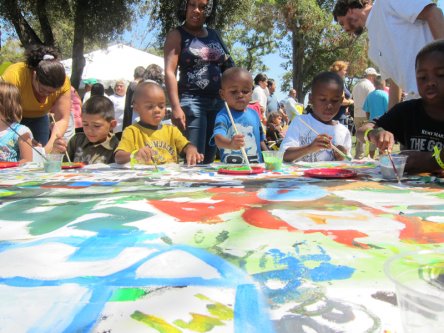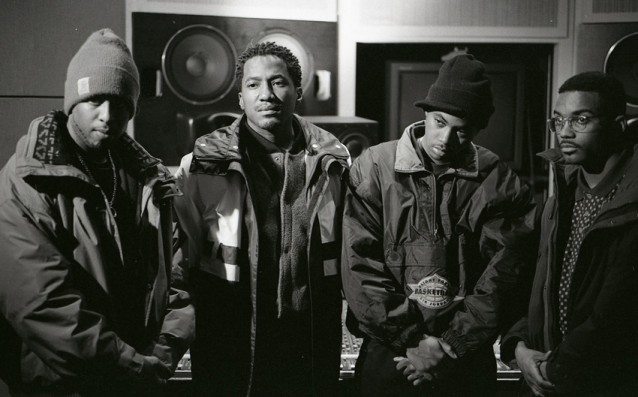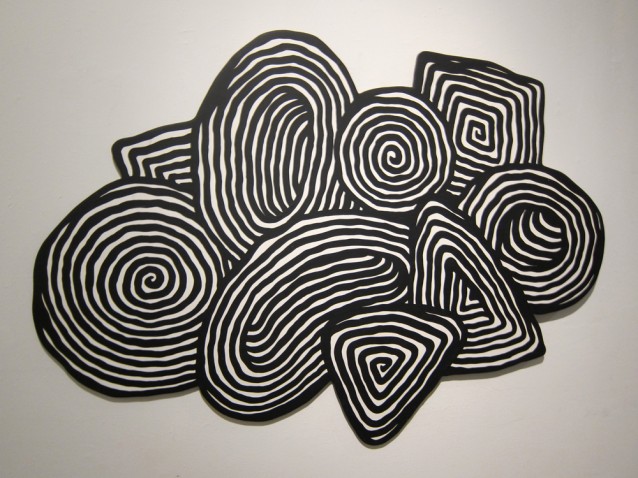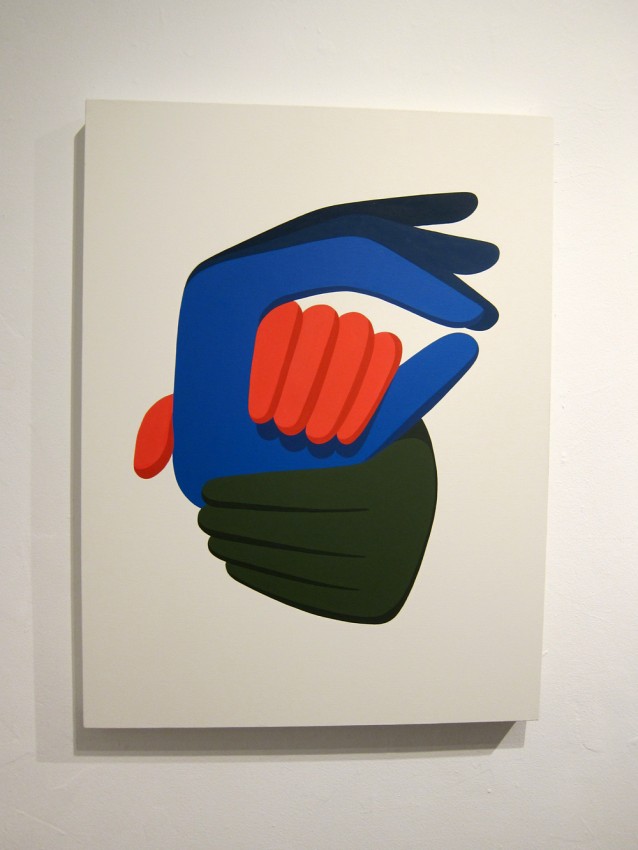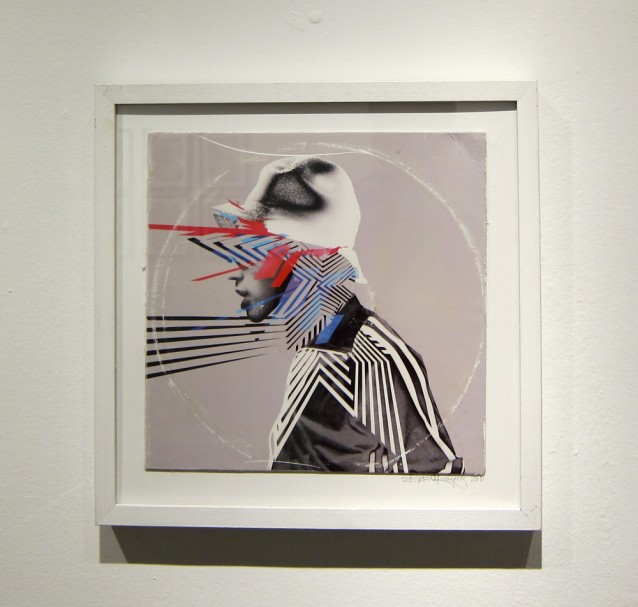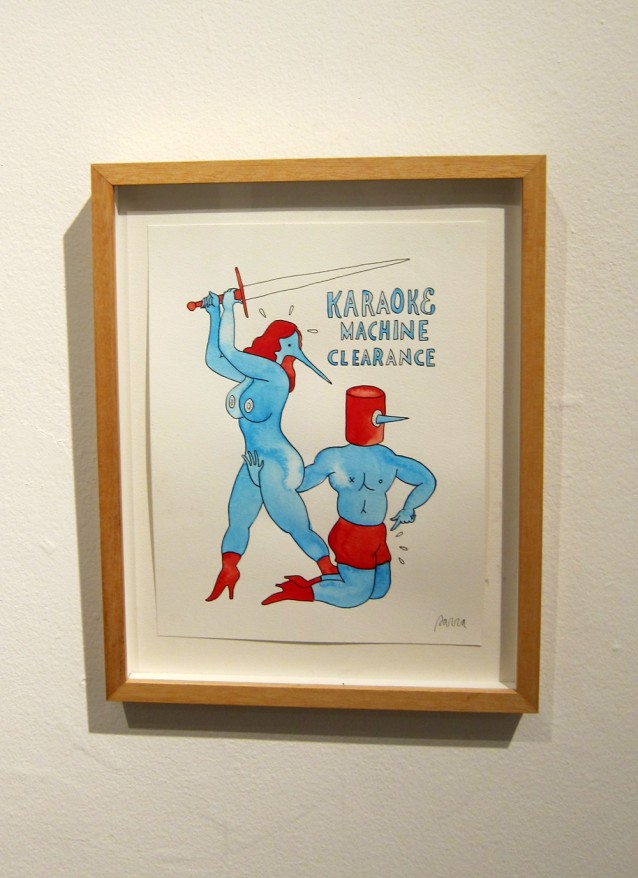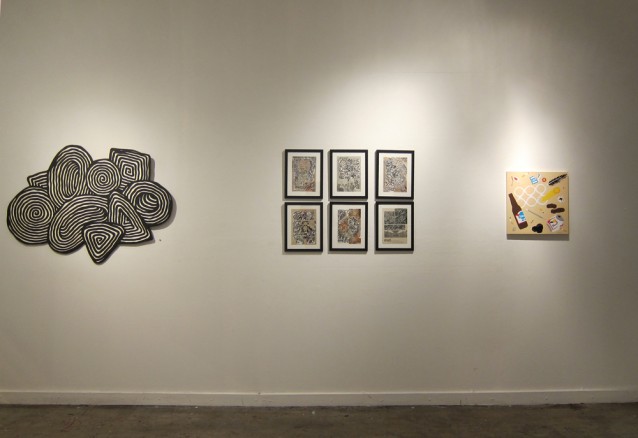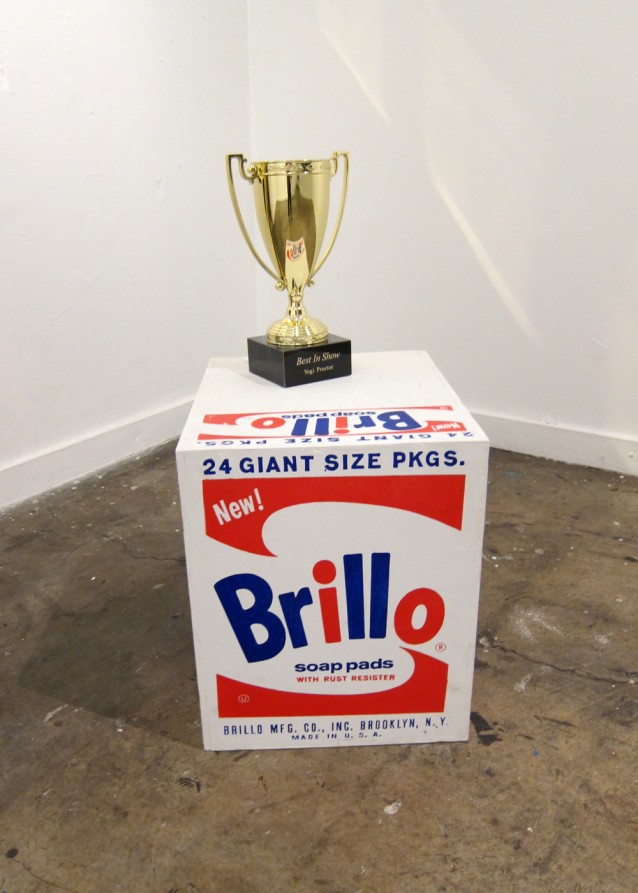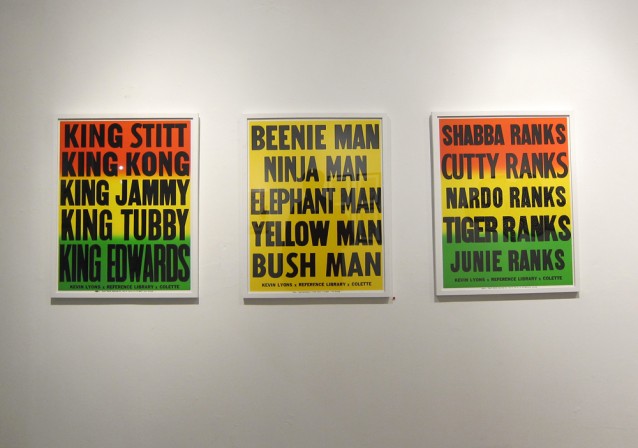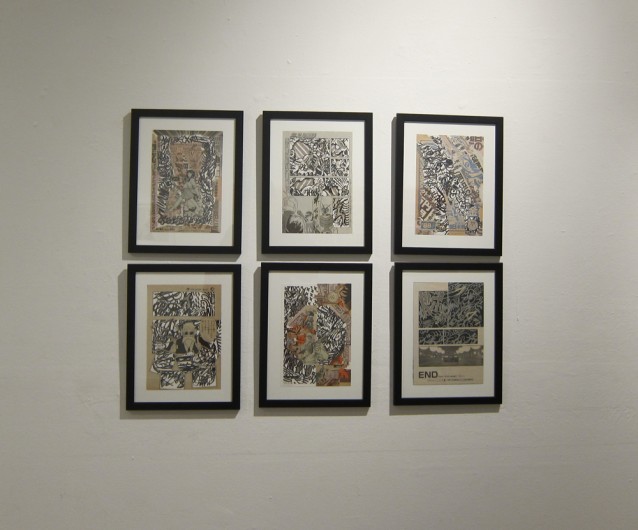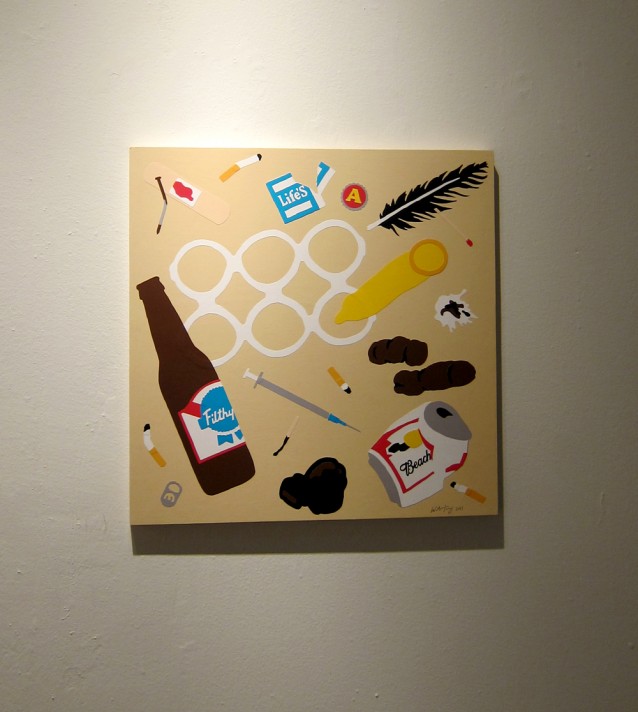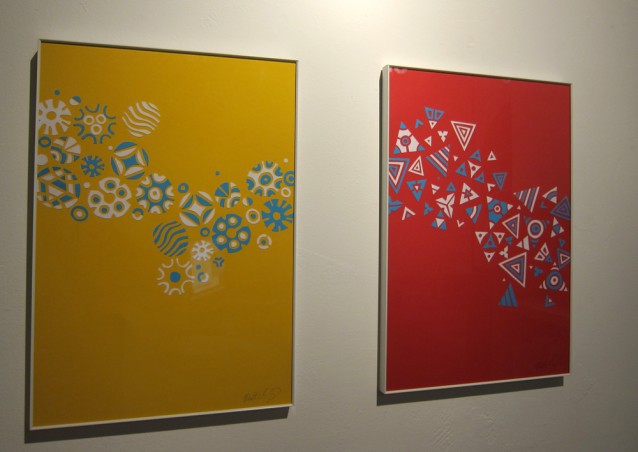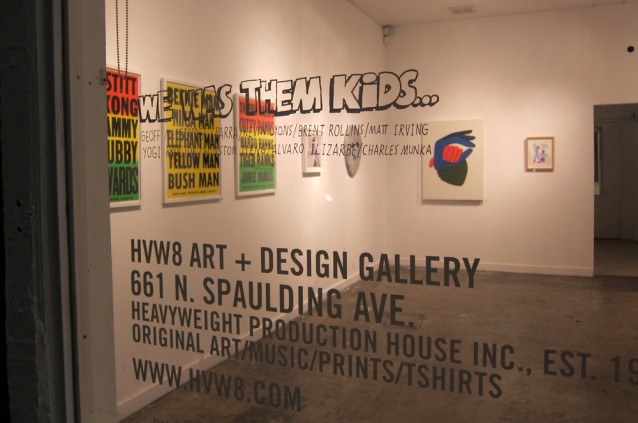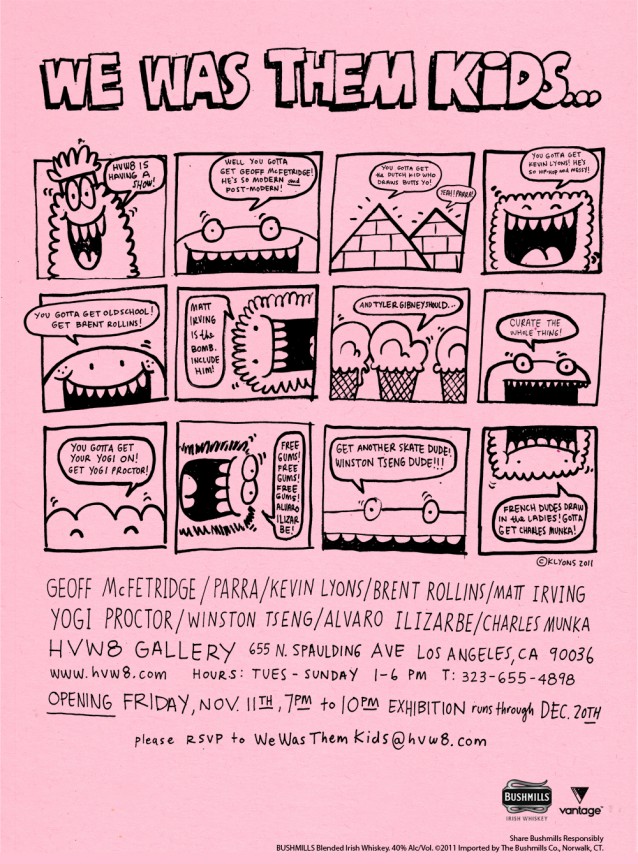Interview with Parra from Wertical
Parra
SEPT 2012
Whether it is an absurd photo that he comes across on the Internet or a book that he stumbles upon, it is the “everyday and the awkward” that inspires Dutch artist Piet Janssen. Whatever medium he works in, his style remains very much the same: human, yet abstract; plain, yet colored. And that hallmark is seen on canvas, in a sketch, a shoe, a sculpture, or even a laptop sleeve.
Janssen, who is more commonly known by his alias Parra, didn’t realize how successful he was until his first exhibition at London gallery, Kemistry, where his posters sold out. That was a watershed moment, and one deal soon followed another.
In tune with today’s embrace of all things glamour, pop and commercial, Parra’s signature style delighted the market and increased his exposure. Today, however, he is backing away from commercial jobs to focus on his independent artwork.
We met the 36-year-old illustrator in his studio in Amsterdam as he makes last-minute preparations for his upcoming exhibition at HVW8 Art + Design Gallery in Los Angeles. He gives us a glimpse into the selected works and shows us some of his earliest works, too.

Wertical: You’ve definitely found your calling. Can you recall how your artistic career began?
Parra: It was all by mistake and luck. I was 22 years old and was actually skateboarding professionally when I realized that this sport won’t be my purpose in life. Suddenly, I saw that I would never make a serious career with it. I was set for a change. At that time, I was enrolled at a sort of graphic design school, mainly to benefit from the money that the government pays all Dutch students. But it unexpectedly created opportunities: I was asked to do an internship. As I wanted to move from the south of the Netherlands to Amsterdam, I called some companies over there and finally ended up as a trainee in a small Internet bureau. This fired the starting pistol of my art career.
WE: Namely?
P: I learned to work with [computer program] Illustrator. My boss made me sit in front of a computer, handed me a can of Coca-Cola and said, “Re-make this logo.” It took me a month. But I finally learned how to work with it and noticed that Illustrator is a pretty cool program. I improved and began to offer my services. At that time; the internet era had just started to burst and I was super young and learned quickly. Then, a friend started to organize hip-hop parties in Amsterdam and asked me to do the flyers and posters. And from that moment on, one thing led to another. I used my saved up money form working at the Internet company and started to work for freelance.
WE: Were you a passionate drawer before starting the internship?
P: Well, I drew as a kid , of course, but it actually never mattered me. I was busy trying to be good at skateboarding.
WE: So it was a computer program that made you draw by hand?
P: In a way, yes. When I discovered that the flyers turned out boring when using preset typefaces, I started hand drawing – with Illustrator first, but that didn’t look good either. So I started to draw on paper and to paste these sketches into Illustrator. And in Illustrator, I trace them by hand anew.
WE: So you were an illustrator first. How did you then move on to art?
P: Somebody took notice of my flyers and posters and did an exhibition with me. I remember it very well: my posters were on sale for about 30 pounds. The show was sold out immediately. One year later, I came back and did another show. This time, the posters were a bit more expensive and sold out again. Around the time of my first show, I hooked up with London-based, Big Active, agency. They placed me a lot of illustration jobs for different clients; the assignments ranged from designing book covers to big advertising campaigns for beer companies. It was all very good stuff – I learned a lot from that.

WE: Did you regard your work as art at that time?
P: Not really. I started to make more and more of my own works – jobs are jobs, but I wanted to draw what I like. At that time, my own clothing company, Rockwell, that exists for ten years now, served as the only way out for my weird personal work. It was a smooth transition from doing commissioned jobs to doing exhibitions.
WE: You are indeed known for your collaborations. Nike, Stüssy or Incase are just a few brands that you worked with.
P: Yes, that’s true. It was an exciting time for me, but even the companies endorsed me to do my own thing. Compared to a few years ago, I don’t do many collaborations today – only if good ones come around. As for instance the one between Pendleton Wooden Mills and me, which was curated by Arkitip. It was really nice doing that and a great product came into being.
WE: As the art world becomes more commercial, it’s become more common to invite collaborations. Do you think art and commerce can co-exist?
P: I think these days, something commercial can be art and the other way around too. It’s a result of our generation. We are commercial; we grew up surrounded by thousands of advertisements and it was probably unavoidable.

WE: True. How do you classify your artworks?
P: My classification is a difficult topic for me, which makes me stuck for an answer. People like to class it as street art, but I wouldn’t say so. Maybe as flat graphic art? But my sculptures are not flat though…
WE: But your background is from the streets. Skateboarding is certainly part of hip-hop and street art culture.
P: Yes, kind of. I was also DJing; I did a lot of stuff that people like to phrase as urban but it’s not a theme within my artworks at all.
WE: A lot of artists are classed into a certain category even though they come from a different background. Would contemporary be a better description for your work?
P: Yes, this term feels good.
WE: Did you ever attend a drawing course?
P: No, you get better and better by doing. What is the rule – 10,000 hours of practice? I think I hit this edge already. Some people even complain that I always do the same thing. But this is not true. Well, the themes didn’t change, but my style changed as I improved.
WE: What are your themes?
P: Irony, humor and sexual issues that I like to exaggerate. All my artworks also involve a little bit of self-reflection. In brief, I would say they are about the weird, the everyday and the awkward.
WE: Displayed abstractedly.
P: Exactly. Using a bird face instead of a human head makes the artworks less in-your-face.
WE: Your father is an artist as well. Are his works similarly abstract?
P: Yes, definitely. He is painting with oil and making sculptures out of wood.
WE: Is he your source of inspiration?
P: Definitely. Especially his paintings of naked women.
WE: The proportions of his figures are simultaneously disproportional.
P: Yes.
WE: And he portrays birds in his paintings as well.
P: Yes, but this is something that he stole from me! As well as the heels! {Laughs}

WE: So it is a give and take?
P: Well, yes. But I didn’t look at his paintings to copy the details that I like. It happened subconsciously. I grew up with them. But yes, he is a big influence.
WE: Because your exhibitions take place in museums and galleries all over the world, you travel a lot. The U.S. is a particularly important market for you. Did you ever think about moving there?
P: No, I will surely stay in Amsterdam. I would certainly like to have the L.A. weather and lifestyle here, but I wouldn’t like to be in America all the time. I like to visit.
WE: Which lifestyle are you speaking of?
P: The sun, the food and the skateboarding. And I like the fact that people have space – gardens or even a bit of land in California.
Artist’s website
Upcoming exhibition
Rockwell by Parra
Agency
Parra opens at HVW8 Art + Design Gallery Sept. 29th
